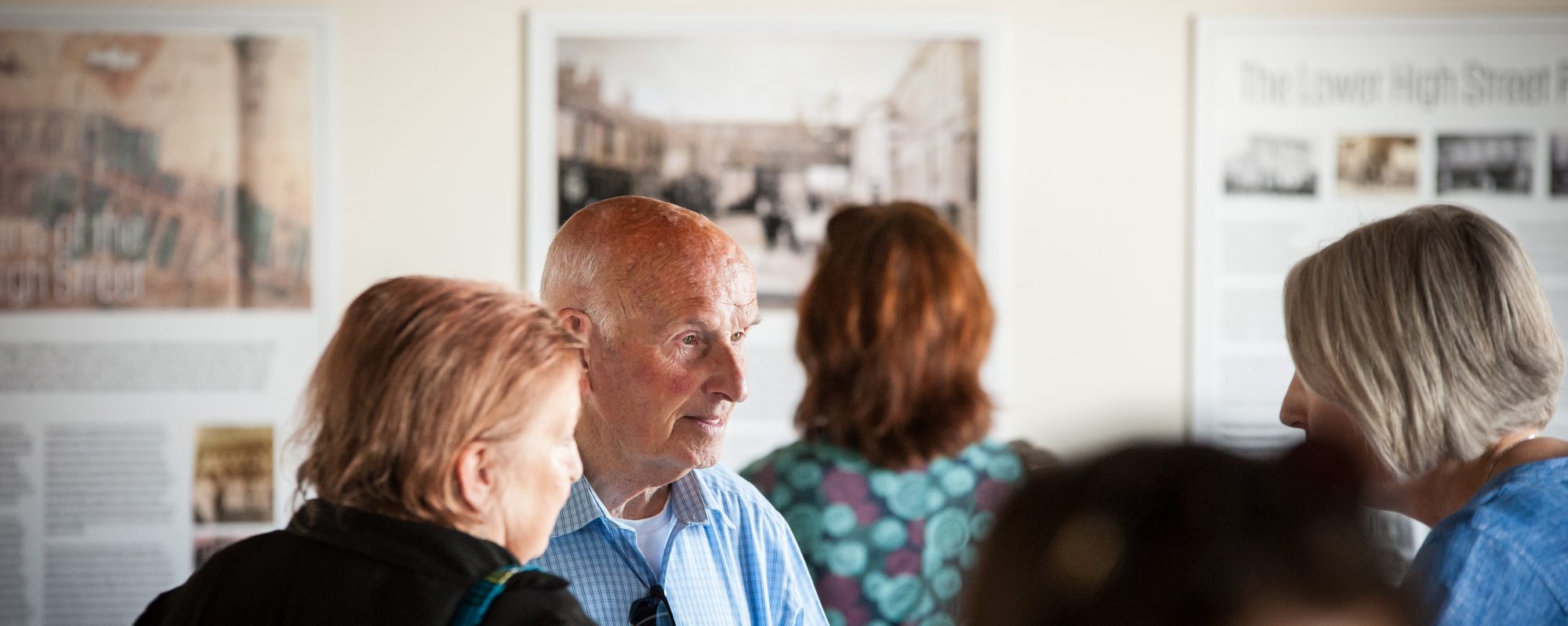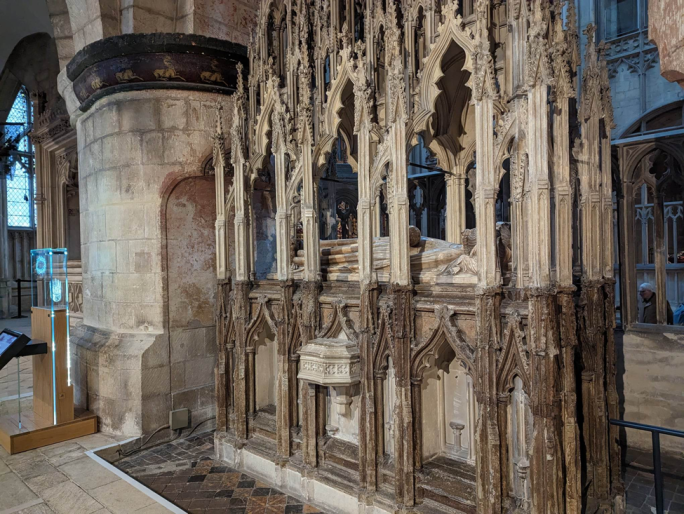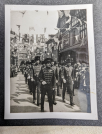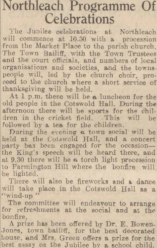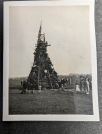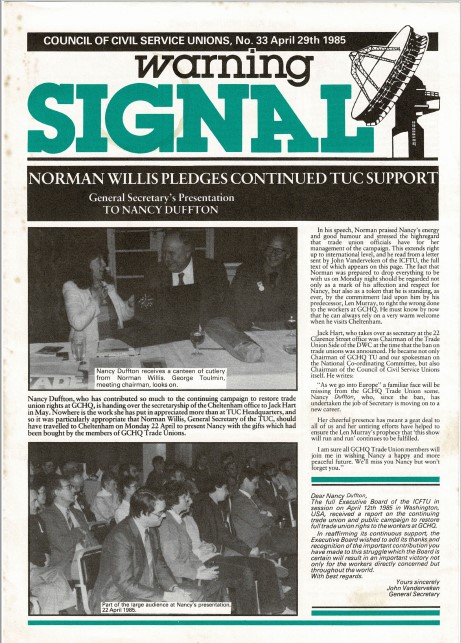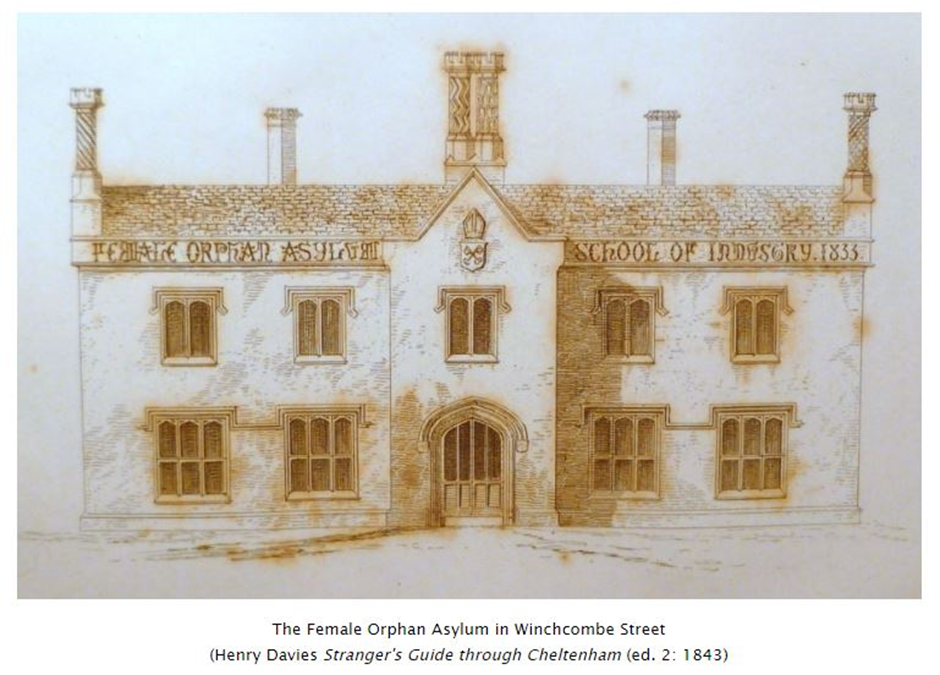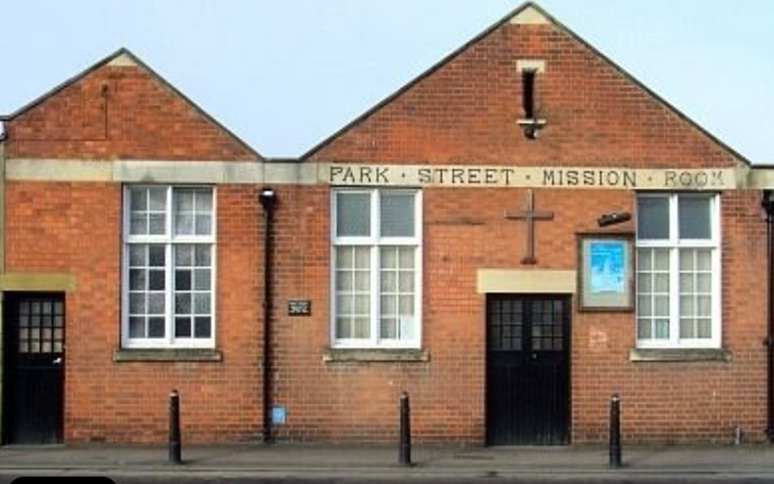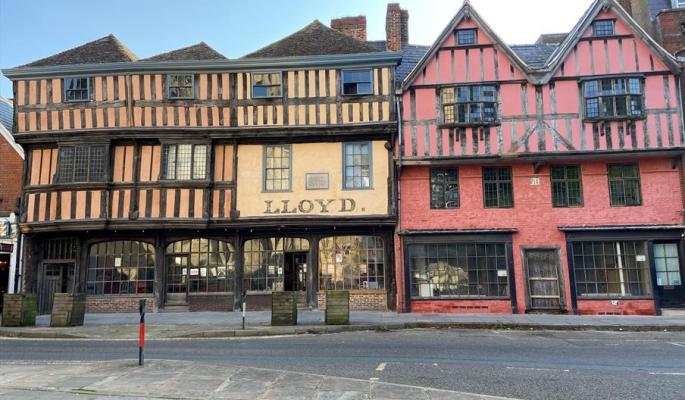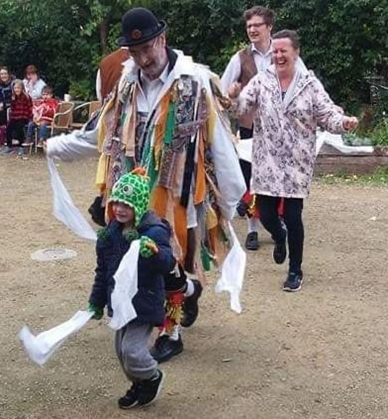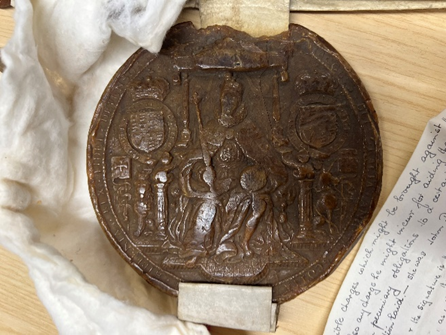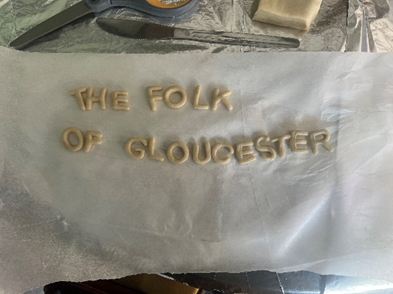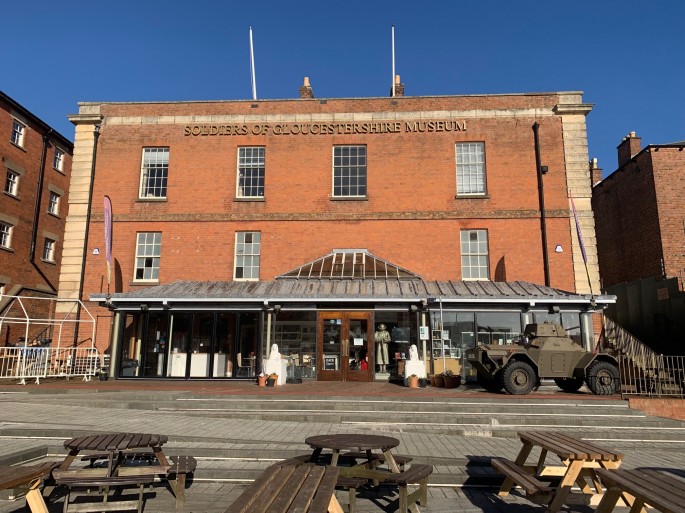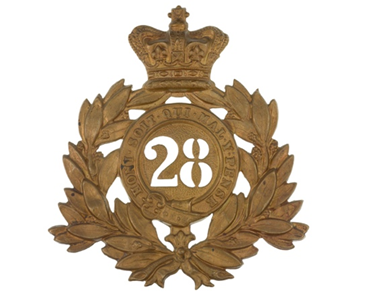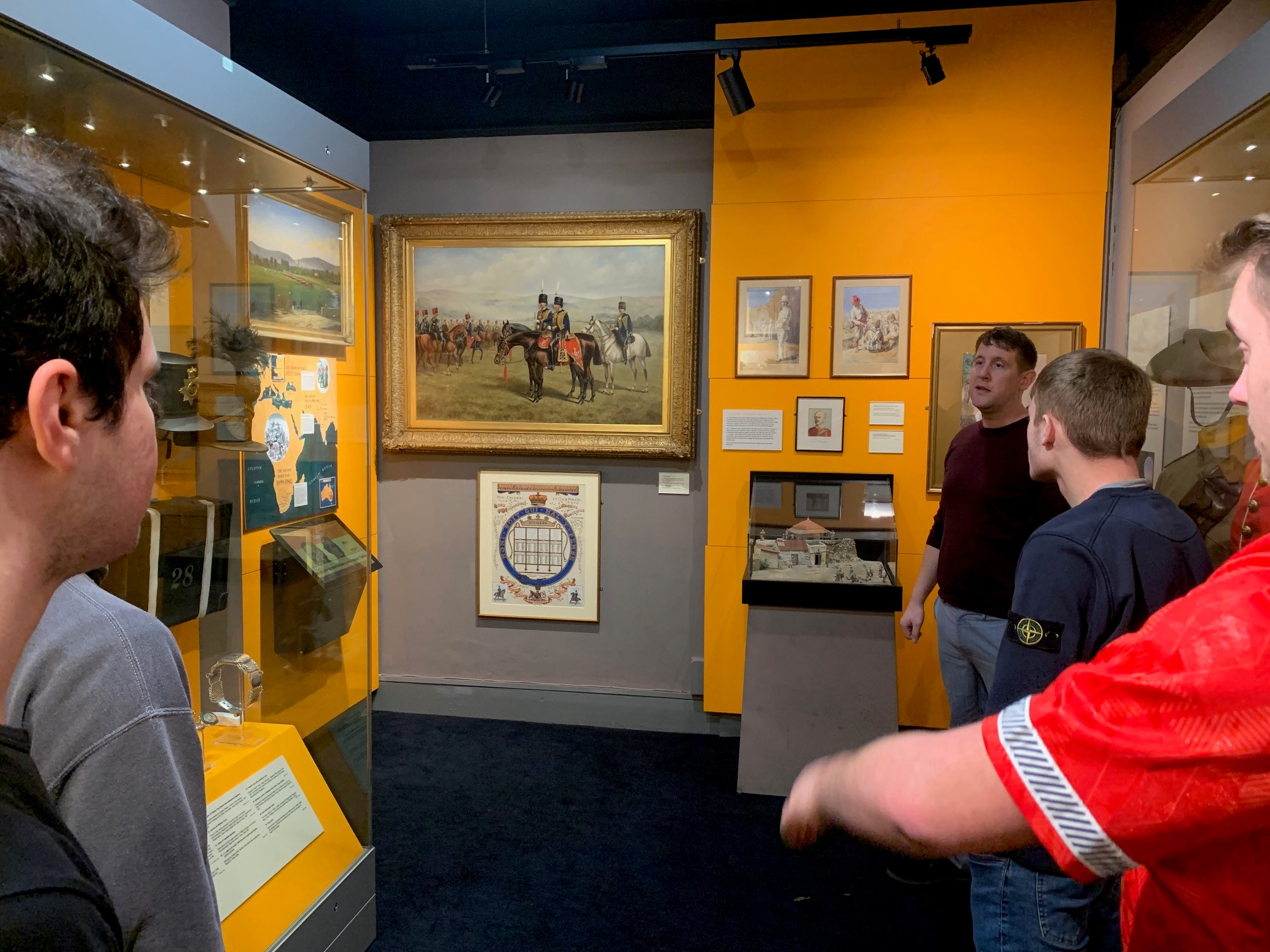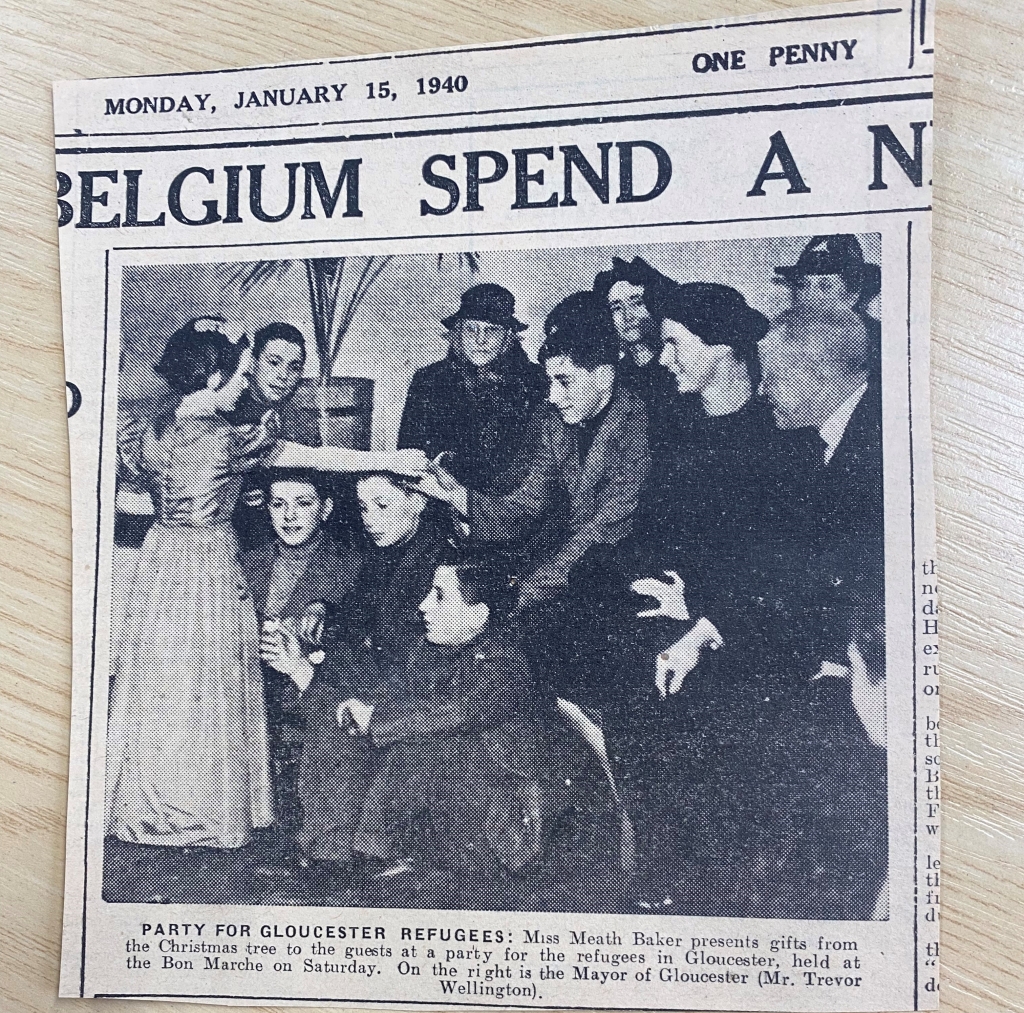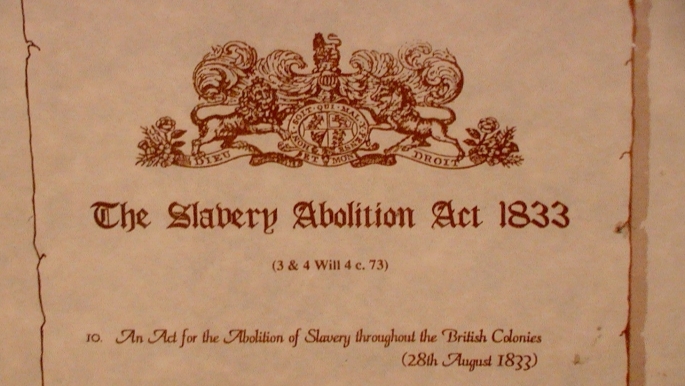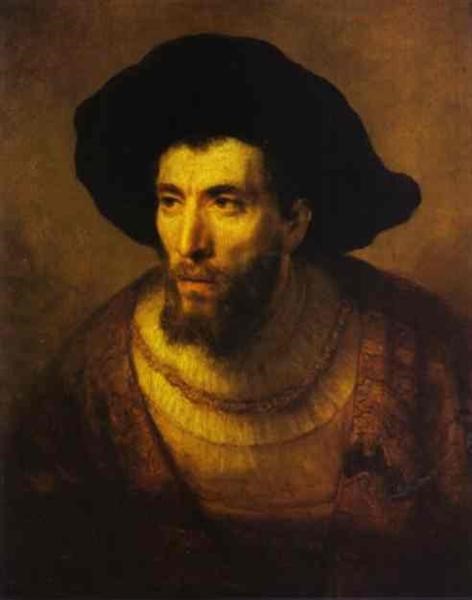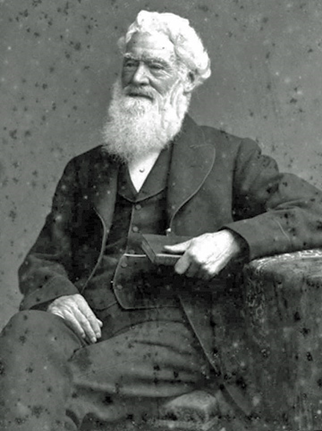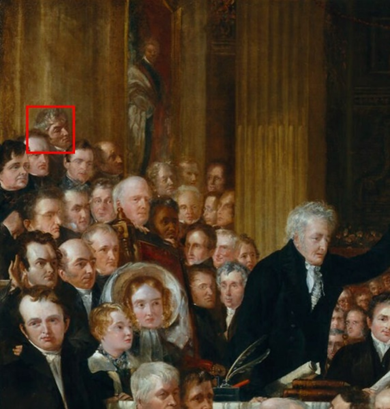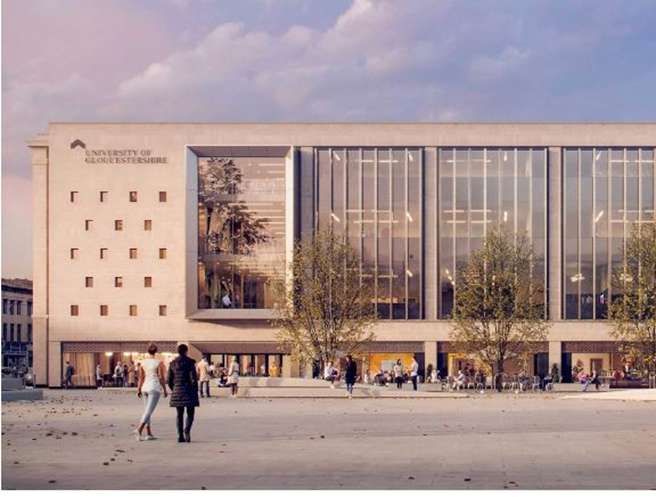We’re excited to announce that the work of our students will be on display for the next few months as part of two exciting exhibitions.
Fashions & Textiles: A Gloucester Story
These panels exploring the history of Gloucestershire’s textile industry are on display at the Museum of Gloucester as part of the broader exhibition ‘Buttons, Badges and Blazers.’ This larger exhibition has been curated from the city’s costume collection of over 4,500 items, not previously on display to the public.

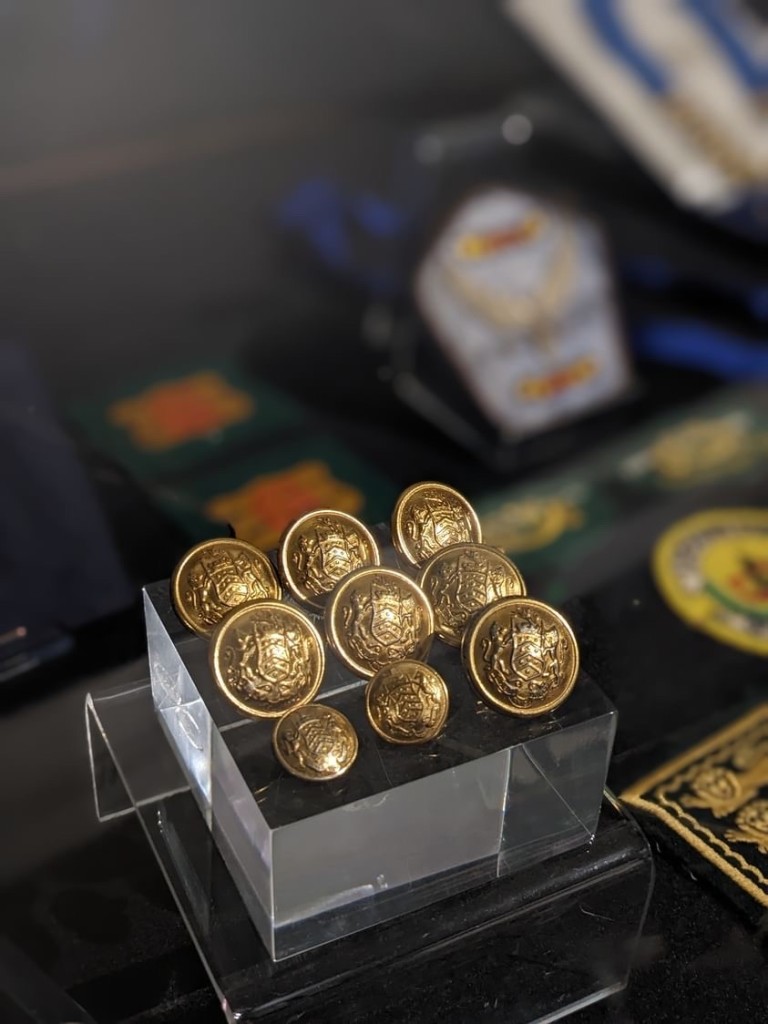

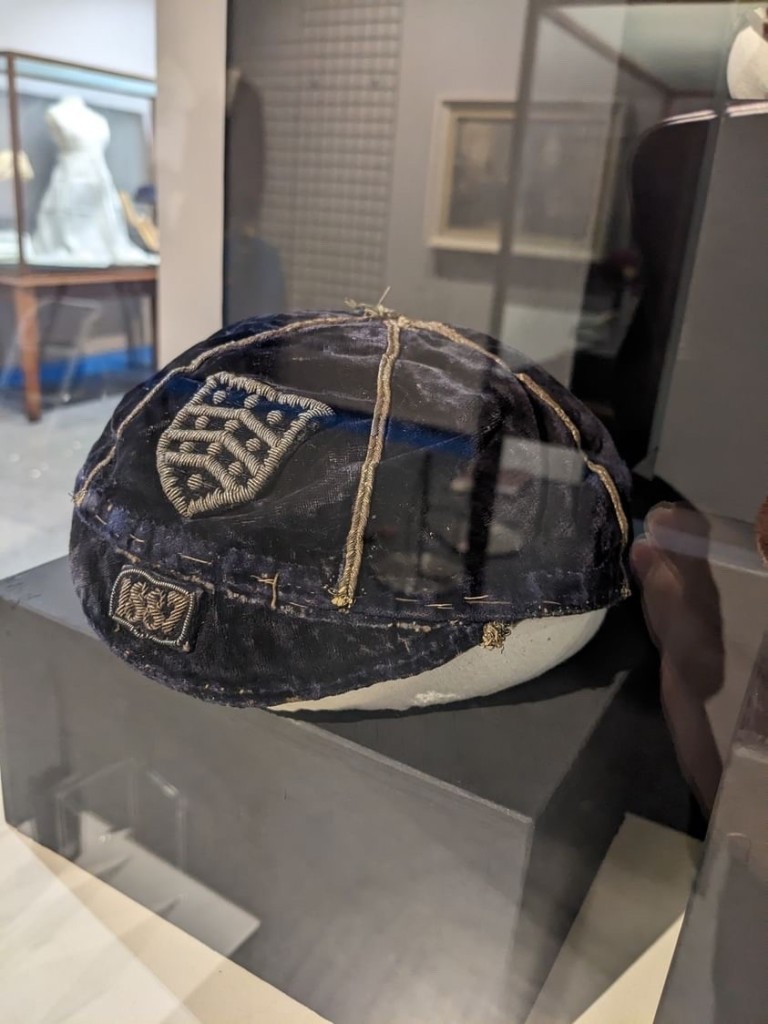
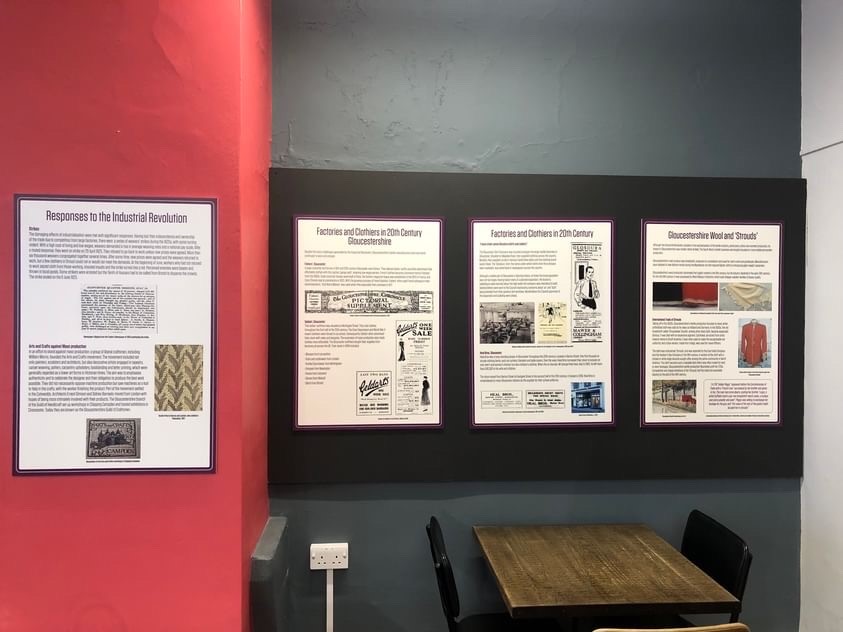
The exhibition runs from 21st October 2023 to 7th January 2024. For more details see The Museum of Gloucester website.
The 28th Regiment of Foot & The West Indian Campaign in The Seven Years’ War
History students have collaborated with the Soldiers of Gloucestershire Museum in a groundbreaking study of the military roles of enslaved and free Black men during an 18th global conflict, investigating the involvement of soldiers from Gloucestershire in military campaigns in the West Indies during the Seven Years War (1756–1763).
The research examined how enslaved and free Black men were employed by the Gloucestershire Regiment during the conflict, shedding new light on what until now had been an underexplored element of the Glosters’ history. The study also examined the life of Ukawsaw Gronniosaw – also known as James Albert – who is believed to be the first person from an ethic minority to serve with the regiment and the first person to write a narrative of his experiences of transatlantic slavery.
The collaborative project has informed a new exhibition at the Soldiers of Gloucestershire Museum entitled ‘The 28th Regiment of Foot & The West Indian Campaign in The Seven Years’ War,’ which runs from 1 November until March. The museum is open on Wednesdays to Sundays (10am to 4pm) and viewing is free with paid museum entry.

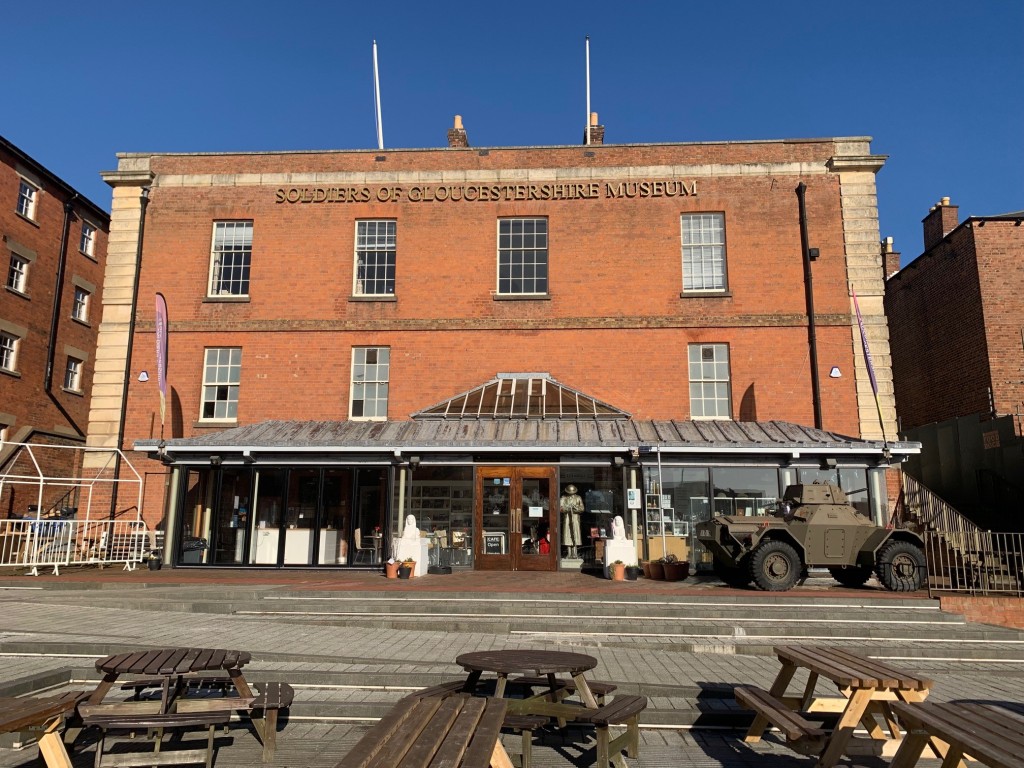
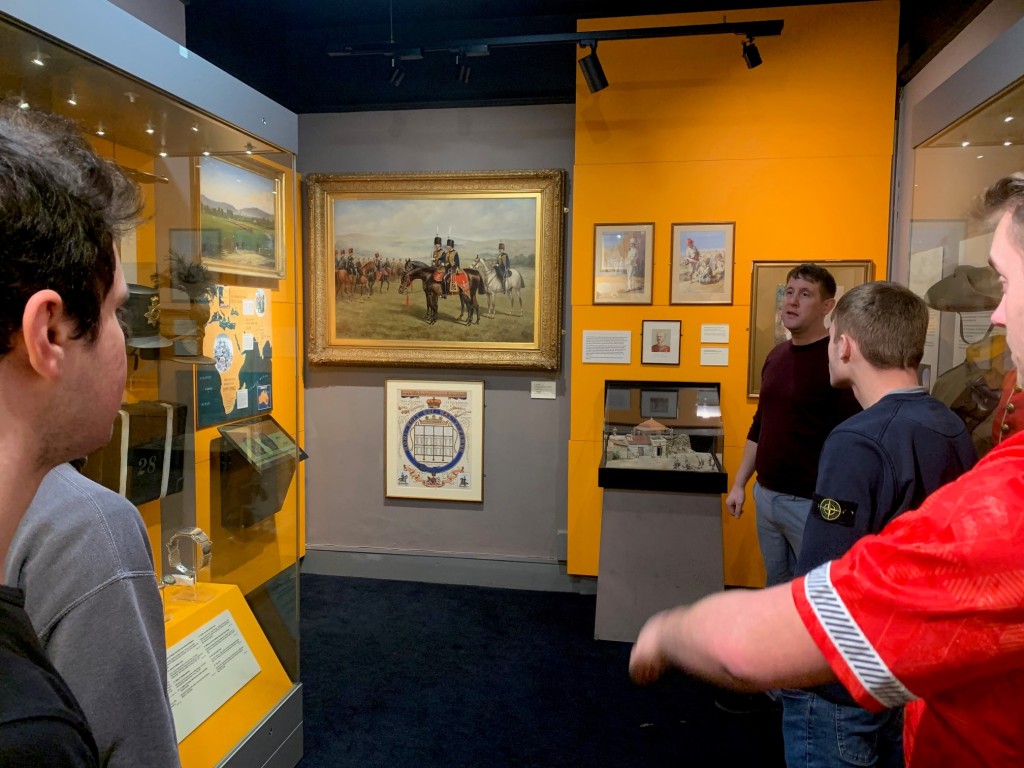
Matthew Holden, Director of the Soldiers of Gloucestershire Museum, said:
“Collaborating with University of Gloucestershire on such a forward-thinking project has been a fantastic experience. Soldiers of Gloucestershire Museum are looking to expand their exhibitions and exhibits beyond that which one might expect to find in military museums. With the help of University of Gloucestershire, we are really shining a light on 360 degrees of history.”
Dr Christian O’Connell, Academic Course Leader in History at the University, said: “I’m very proud of our students and the way they’ve been able to contribute to this important project. It has been a great opportunity to develop their skills and gain some valuable experience, but most of all, they have directly contributed to shaping public knowledge on an important and very timely subject.”
